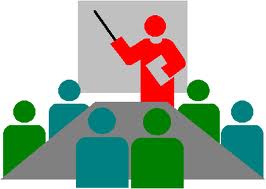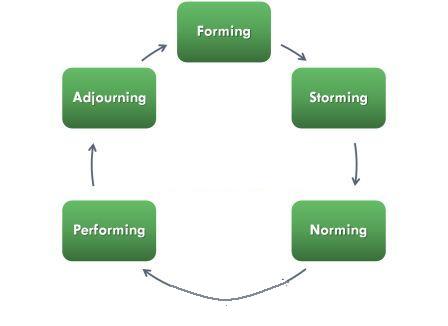Perception is an important mediating cognitive process. Through this complex process, people make interpretations of the stimulus or situation they are faced with. Both selectivity and organization go into perceptual, interpretations. Externally, selectivity is affected by intensity, size, contrast, repetition, motion and novelty and familiarity. Internally, perceptual selectivity is influenced by the individual’s motivation, learning and personality. After the selective process filters the stimulus situation, the incoming information is organized into a meaningful whole.
Individual differences and uniqueness are largely the result of the cognitive processes. Although there are a number of cognitive processes, it is generally recognized that the perceptual process is a very important one.… Read the rest





